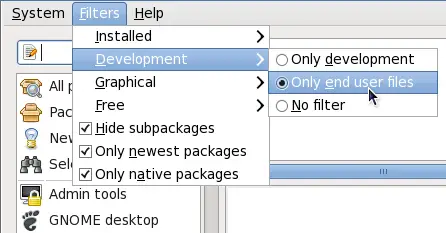

The dnf command allows the management of packages by comparing those installed on the system with those in the repositories defined on the server. For the most common commands, its usage is identical to that of yum. It works with RPM packages grouped in a local or remote repository (a directory for storing packages). The rpm command allows you to install a package.Ĭentos-logos-httpd.noarch 80.5-2.el8 2.4.37-30.module_el8.3.0+561+97fdbbcc 2.4.37-30.module_el8.3.0+561+97fdbbcc 2.4.37-30.module_el8.3.0+561+97fdbbcc Dandified Yum ¶ĭNF ( Dandified Yum) is a software package manager, successor of YUM ( Yellow dog Updater Modified).

The name of an RPM package follows a specific nomenclature: Its equivalent in the Debian world is DPKG (Debian Package). RPM is the format used by all RedHat based distributions (RockyLinux, Fedora, CentOS, SuSe, Mandriva. It is possible to install, uninstall, update or check software contained in packages. RPM (RedHat Package Manager) is a software management system. It is up to the administrator to prepare these files and compile them to install the program. The source files: Some software is not provided in packages ready to be installed, but via an archive containing the source files. It can be executed directly on the system from a software repository. The package: This is a single file containing all the data needed to install the program. The reason for this is that dependencies are generally managed by the package system, whereas with source, you need to manage the dependencies manually. As a rule, you should use the package method unless the software you want is not available via the package manager.

Installing from source is not covered here. Verifying DISA STIG Compliance with OpenSCAP - Part 2 Installing packages from module stream profilesīash - Conditional structures if and case Installing packages from the module stream Host-based Intrustion Detection System (HIDS) Building and Installing Custom Linux KernelsĪutomatic Template Creation - Packer - Ansible - VMware vSphere


 0 kommentar(er)
0 kommentar(er)
